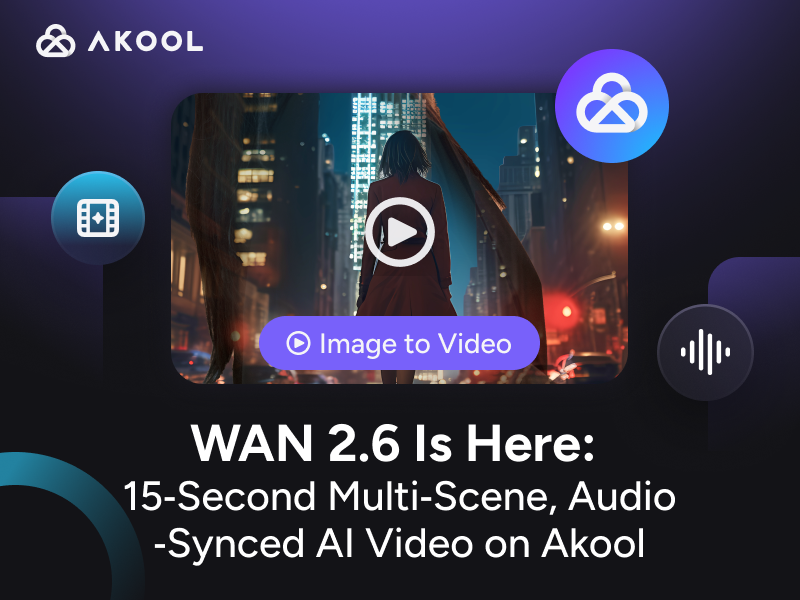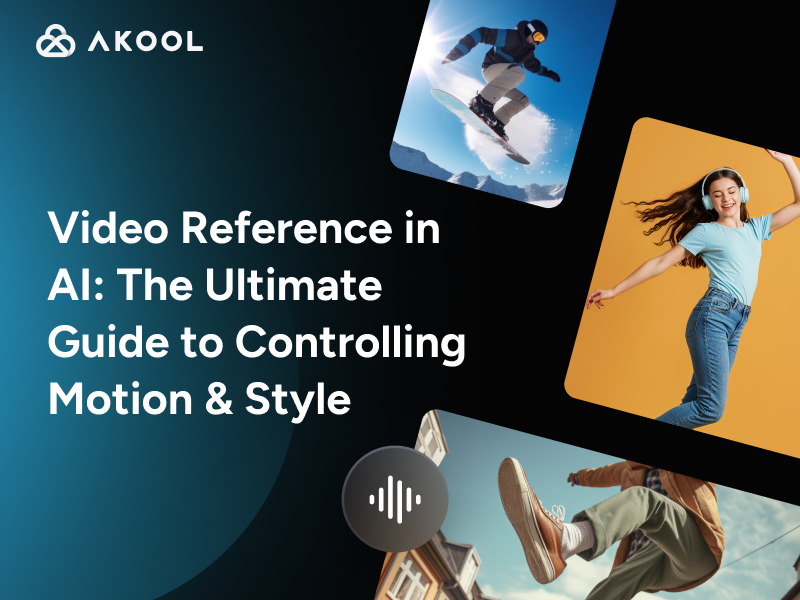Introduction to AI Analytics Platform for HR Departments
An AI analytics platform for HR departments is a powerful tool that leverages machine learning algorithms to analyze employee data. It aids in talent management, performance evaluation, and workforce planning. By automating repetitive tasks, it provides actionable insights and forecasts trends. Key capabilities include predictive analytics, sentiment analysis, and employee engagement metrics. This streamlines decision-making, enhancing efficiency and strategic planning for HR professionals.
How to Use AI Analytics Platform for HR Departments
Leveraging an AI analytics platform in HR departments involves several strategic steps to harness its full potential. Here's a guide to effectively using these platforms:
1. Understand Key Capabilities
- Predictive Analytics: Utilize historical data to forecast trends like employee turnover and predict future hiring needs.
- Sentiment Analysis: Employ NLP to analyze employee feedback for insights into morale and engagement.
- Automation: Automate repetitive tasks such as resume screening and report generation to save time. Learn more about AI Resume Screening.
2. Define Objectives
- Identify Goals: Determine what you aim to achieve, whether it's improving employee retention, enhancing engagement, or optimizing recruitment processes.
3. Data Collection and Integration
- Gather Data: Collect comprehensive employee data, including performance metrics, engagement scores, and feedback.
- Integrate Systems: Ensure your AI platform integrates seamlessly with existing HR systems for effective data flow. Explore more about AI in Human Resources.
4. Analyze and Interpret Data
- Run Analytics: Use the platform to analyze collected data, looking for patterns and insights.
- Interpret Results: Translate data findings into actionable strategies for decision-making.
5. Implement Changes
- Develop Strategies: Based on insights, create strategies to address identified issues or opportunities.
- Monitor Progress: Regularly assess the impact of implemented changes and refine strategies as needed.
6. Continuous Learning and Improvement
- Feedback Loop: Establish a feedback loop to continuously gather data and insights for ongoing improvement.
- Stay Updated: Keep abreast of new AI technologies and updates to maintain a competitive edge.
By following these steps, HR departments can effectively utilize AI for HR analytics platforms to enhance efficiency, make informed decisions, and drive strategic initiatives.
Applications of AI Analytics Platforms for HR Departments
AI analytics platforms are transforming HR departments by offering innovative solutions to streamline processes and enhance decision-making. Here are some key applications:
| Application | Description |
|---|---|
| Talent Acquisition | AI helps in screening resumes, predicting candidate success, and reducing hiring bias. Explore AI Recruiting Tools. |
| Employee Engagement | Platforms assess employee sentiment through surveys and feedback, providing insights into morale. |
| Performance Management | AI evaluates performance metrics, identifying top performers and areas needing development. |
| Attrition Prediction | By analyzing patterns, AI predicts employee turnover, allowing for proactive retention strategies. |
| Learning and Development | AI customizes training programs based on individual learning patterns and career goals. |
These applications demonstrate how AI analytics platforms enhance HR efficiency and effectiveness.
Technical Insights into AI Analytics Platforms for HR
Machine Learning Algorithms
AI analytics platforms employ machine learning algorithms to process and analyze vast amounts of employee data. These algorithms can detect patterns and trends that may not be immediately apparent to human analysts, offering a deeper understanding of workforce dynamics.
Predictive Analytics
Predictive analytics involves using historical data to forecast future outcomes. In HR, this can mean predicting employee turnover or identifying potential leaders within the organization. These insights support strategic decision-making.
Sentiment Analysis
Sentiment analysis uses natural language processing (NLP) to assess text-based data, such as employee feedback or survey responses. It helps HR departments gauge employee morale and identify areas that may require attention.
Employee Engagement Metrics
By analyzing data related to employee interactions and performance, AI platforms provide metrics that indicate engagement levels. These metrics allow HR teams to tailor their strategies to improve workplace satisfaction and productivity.
Automation of Repetitive Tasks
AI platforms automate routine HR tasks such as data entry and report generation. This automation frees up HR professionals to focus on more strategic initiatives, thus enhancing the department’s overall efficiency.
| Technical Aspect | Description |
|---|---|
| Machine Learning Algorithms | Detect patterns and trends in employee data, offering insights into workforce dynamics. |
| Predictive Analytics | Forecast future outcomes like employee turnover and potential leadership within the company. |
| Sentiment Analysis | Uses NLP to assess employee feedback, helping gauge morale and identify areas for attention. |
| Employee Engagement Metrics | Provides engagement level metrics to improve workplace satisfaction and productivity. |
| Automation | Frees up HR professionals by automating routine tasks such as data entry and report generation. |
Useful Statistics on AI Analytics Platforms for HR Departments
AI analytics platforms have become a pivotal tool for HR departments across various industries. Below are some key statistics that highlight their growing impact and utility:
Adoption Rate: As of 2023, approximately 47% of HR departments have integrated AI analytics platforms into their operations.
Explanation: This statistic underscores the growing reliance on AI technology to streamline HR functions, such as recruitment, employee engagement, and performance management. The widespread adoption signifies a shift towards data-driven decision-making processes.Efficiency Improvement: Companies using AI analytics in HR report a 30% increase in efficiency in recruitment processes.
Explanation: The ability of AI to analyze vast amounts of candidate data quickly and accurately allows HR departments to significantly reduce the time and resources spent on hiring, thus optimizing the recruitment funnel. Consider exploring E-recruitment with AI.Employee Retention: Organizations employing AI analytics have observed a 25% decrease in employee turnover rates.
Explanation: AI platforms help identify patterns and trends in employee behavior and satisfaction, enabling HR departments to proactively address issues that could lead to attrition, thereby enhancing employee retention.Cost Savings: AI-driven HR analytics can result in up to 20% savings on HR-related costs annually.
Explanation: By automating routine tasks and providing predictive insights, AI reduces the need for extensive manual input and decreases errors, leading to substantial cost efficiencies.Employee Engagement: There is a noted 18% increase in employee engagement scores in companies utilizing AI for HR analytics.
Explanation: AI tools help personalize employee experiences and foster a more inclusive workplace culture, which boosts engagement levels and overall productivity.
These statistics illustrate the transformative potential of AI analytics platforms in HR, offering compelling reasons for their integration into modern HR practices. By leveraging AI, HR departments can not only enhance operational efficiency but also foster a more engaged and satisfied workforce.
Frequently Asked Questions about AI Analytics Platform for HR Departments
What is an AI analytics platform for HR departments?
An AI analytics platform for HR departments is a specialized tool that leverages artificial intelligence and machine learning to analyze HR data. This helps HR professionals make data-driven decisions, improve employee engagement, and optimize workforce management.
How can AI analytics improve employee retention?
AI analytics can improve employee retention by identifying patterns and trends in employee behavior and satisfaction. By analyzing data from surveys, performance reviews, and other sources, the platform can provide insights into factors that contribute to employee turnover, enabling HR teams to implement effective retention strategies.
What types of data can the AI analytics platform process?
The AI analytics platform can process a variety of HR data types, including employee performance metrics, engagement survey results, recruitment data, and workforce demographics. This comprehensive analysis helps HR departments gain a holistic view of their workforce.
How does AI analytics enhance recruitment processes?
AI analytics enhances recruitment processes by analyzing candidate data and predicting the best fit for a role. It can streamline candidate screening, identify key competencies, and reduce biases, ultimately improving the quality and speed of hiring decisions.
Is the AI analytics platform secure for handling sensitive HR data?
Yes, the AI analytics platform is designed with robust security measures to protect sensitive HR data. It complies with industry standards and regulations to ensure data privacy and security, giving HR departments peace of mind when handling confidential information.
Can the AI analytics platform integrate with existing HR systems?
The AI analytics platform is designed to seamlessly integrate with existing HR systems, such as HRIS, ATS, and payroll systems. This integration allows for a smooth flow of data and enhances the platform's ability to provide comprehensive insights.
What are the benefits of using AI for workforce planning?
Using AI for workforce planning provides several benefits, including accurate forecasting of staffing needs, identification of skill gaps, and optimization of workforce allocation. This enables HR departments to align their strategies with organizational goals more effectively.
How can AI analytics support diversity and inclusion initiatives?
AI analytics supports diversity and inclusion initiatives by providing data-driven insights into workforce diversity metrics. It can identify areas for improvement, track progress over time, and suggest actionable strategies to foster a more inclusive work environment.




